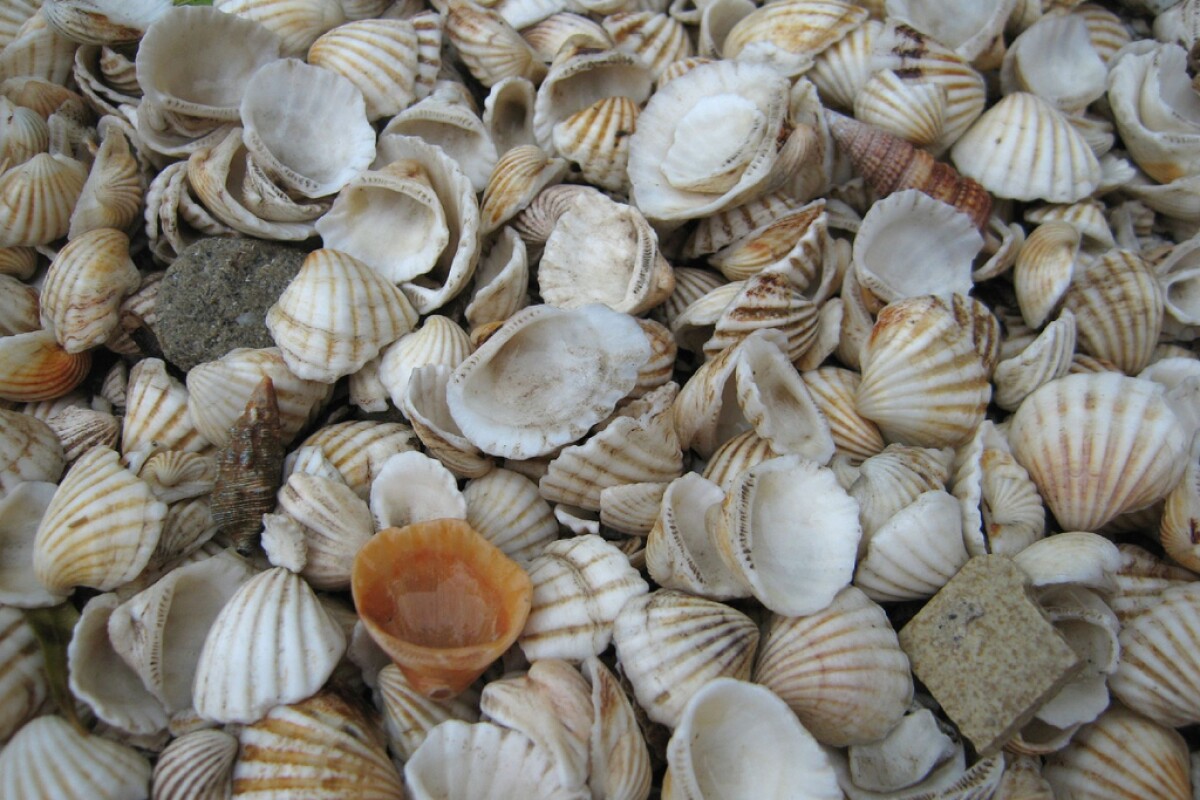Seashells have done an exemplary job of protecting their inhabitants for around a hundred million years, so perhaps it isn’t surprising that scientists and chemists have now replicated their unique structure in a manmade material. Taking inspiration from shells, researchers from the University of Manchester and the University of Leeds have successfully reinforced calcium carbonate, or chalk, with polystyrene particles such as those used in disposable drinking cups. Their achievement could lead to stronger building and bone replacement materials, or other practical applications.
By combining calcite crystals with polystyrene particles, the scientists created a ceramic polymer that is less brittle than chalk, and thus less prone to cracking. When the material did crack, they noticed that the polymer lengthened within the cracks, instead of simply snapping – this is a known mechanism for absorbing energy and enhancing durability. By selecting particles of different shapes, sizes and composition, the scientists said the properties of the material could be tweaked for different purposes. And no, seashells don’t contain polystyrene, but they do contain proteins that serve a similar purpose.

Dr. Stephen Eichhorn, from the University of Manchester, stated, “Further research and testing is still needed, but our research potentially offers a straightforward method of engineering new and tough chalk-based composite materials with a wide range of useful applications.”
The research has recently been published in the journal Advanced Materials.





